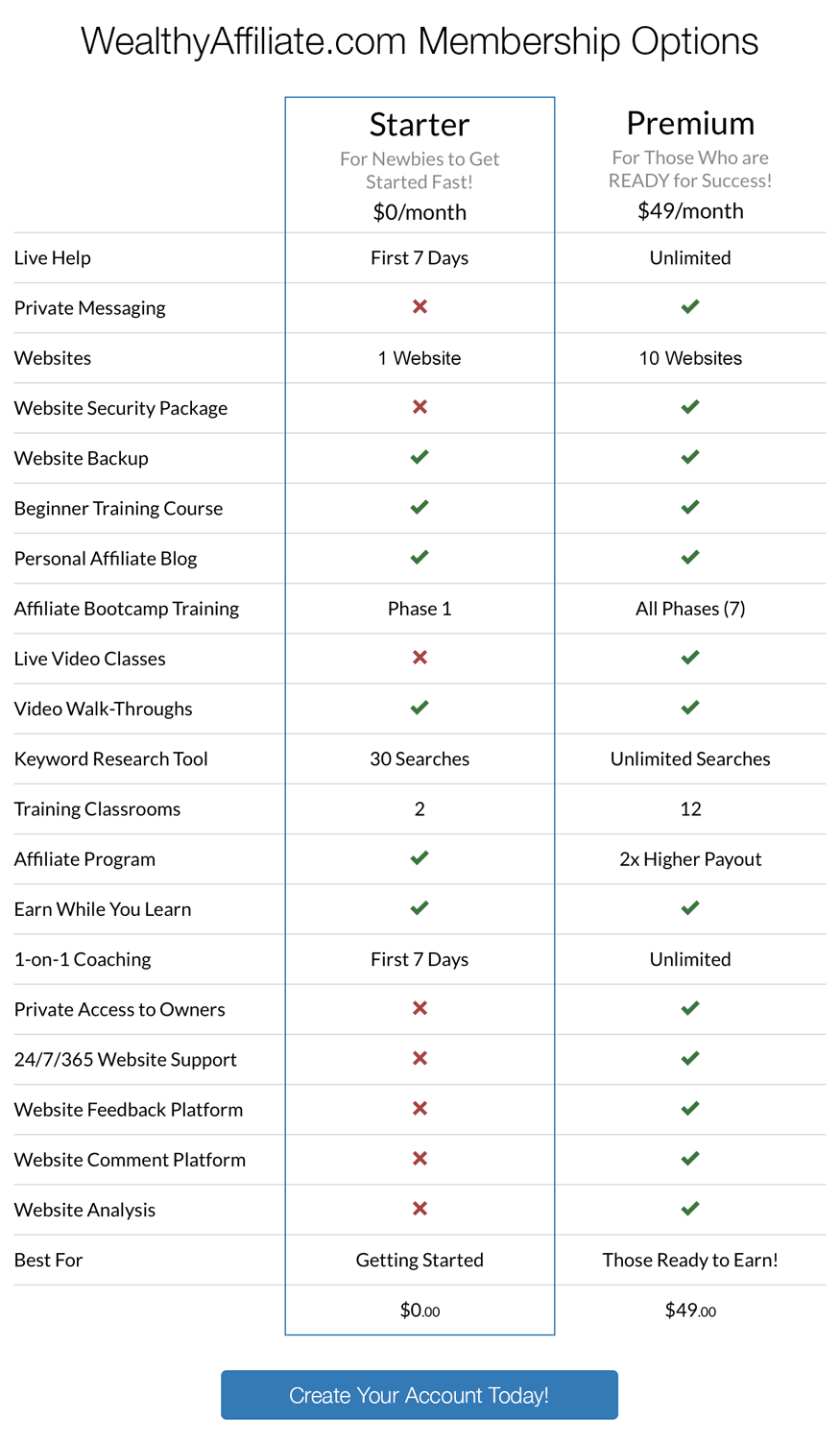
Introduction
What is an Affiliate Program? An affiliate program is where you promote someone’s product through your own website. Your goal in affiliate programs is to earn commissions for mentioning or recommending services or products on your website.
You must have an established website already. Then you contact the company with the product and apply to be an affiliate with them. Sometimes if your website is new or not ranked very high by Google, they might refuse your website. Normally this happens because of a lack of content. So it pays to build your website with quality content first of all before contacting an affiliate.
Affiliate Marketing
Affiliate Marketing overlaps with Internet Marketing because of the advertising methods such as SEO (Search Engine Optimization), PPC (Pay Per Click), E-Marketing, Content Marketing, and Display Marketing like E-Bay where the item is displayed on a screen.
There are some differences also in advertising. The affiliate may write reviews on the product/service he/she is promoting. The reviews may be positive or negative. This seems strange to write a negative review of something you are trying to sell to a potential customer.
However, a recommendation of a “better” product/service within your partner’s product/service line might show how “honest” and forthright an affiliate might be, this could lead to greater sales.
Affiliate marketing can also be called “referral marketing” in a sense. You are trying to get a prospective customer to purchase a product/service from your partner. Referrals could be through written articles from your website or verbal referrals with those of closer acquaintance.
The concept of revenue, which is receiving commissions from referrals through internet websites, began in the mid-1990s when a fresh flower company started paying commissions to affiliates for referrals. This produced an income of over $6M in the first year.

Several companies continued this trend with usually the larger company handling the customer service side and the smaller “affiliate” doing the advertising and being linked to the larger one. Let us call the company that is paying the affiliate a commission, “the parent” for clarification purposes.
In this case of affiliate marketing, the “parent will first approve an applying affiliate to join their affiliate program. The parent will supply the link which the affiliate applies to his/her website.
Thus, anyone wanting to buy the product offered by the parent will click on the affiliates’ parent link to take them to the parent company to purchase the product. Payments and any other customer service issues will be handled by the parent. The affiliate will then receive the agreed-upon commission.
While the majority of affiliate marketing is done through “Cost per Action” that is the process that is described above. There are some other methods such as “Cost per Click” and “Cost per Mile”. Cost per Click was used more, a few years back, but became undesirable due to fraud.
Cost per Click was when a potential customer clicked on the affiliate’s website and then clicks on the parent link which took him to the parent site. Then the affiliate was paid so much for the click regardless of what the customer did.
The Cost per Mile click was a flat fee the parent paid the affiliate regardless of how many visitors came to the affiliate’s site and clicked on the parent link.
Cost per Action as I mentioned is a more acceptable procedure, especially to the parent. This means, of course, that the affiliate doesn’t receive anything until the customer buys something from the parent. This is the most widely used method, today.
The term “affiliates are an extended sales force for the parent which is not totally accurate. Once the customer click’s on the parent’s link, the affiliate no longer has any influence on the customer. However, the parent’s in-house sales team would then take over to convince the customer to buy.
So how does it benefit a parent company to have an affiliate sign up with them.? The reason is a very simple one– a reduction in advertising costs. The affiliate (you) does all the advertising through articles and reviews of the parents ‘products. The affiliate (you) does the work in becoming highly ranked to attract visitors thru Google or Bing.
How to find “parent” companies who have affiliate programs:
- Affiliate Program Directories.
- Affiliate Networks are found on Google by typing the “subject” (then) affiliate program.
- Contact the parent directly i.e.: Amazon.com, Target.com, United Airlines.com, etc.
How to Get Started on an Affiliate Marketing Program
This is a very, short synopsis of affiliate marketing. If you want to learn more about affiliate marketing there is a wonderful affiliate marketing training platform called Wealthy Affiliate. Let’s take a look at Wealthy Affiliate and see what it is all about.
When you join at the Starter Level this enables you to look around and see if this has been what you are looking for at no cost. You get a free website that Wealthy Affiliate hosts.
If you are serious about being your “own Boss” and working from home, at the Premium Level, this may be a wonderful fit for you.
The Premium level opens up an abundance of training, unlimited access to Wealthy Affiliate Community which can answer your questions, gives you new ideas and just be there for you to contact, plus 10 Free Websites, all 7 phases of Boot Camp, and 5 phases of Entrepreneur training, free Jaxxy keyword research tool, free website support., website feedback platform, website comment platform, and many other wonderful features.
Let us take a look at this chart below to see the differences:
Are you ready to be involved with the best internet/affiliate business training platform in the world? If so, then click on “Create your free account today”.
If you desire more information on Wealthy Affiliate click on Business Review of Wealthy Affiliate.

Thank You for Reading We Hope this was Informative!
Bill and Sue


